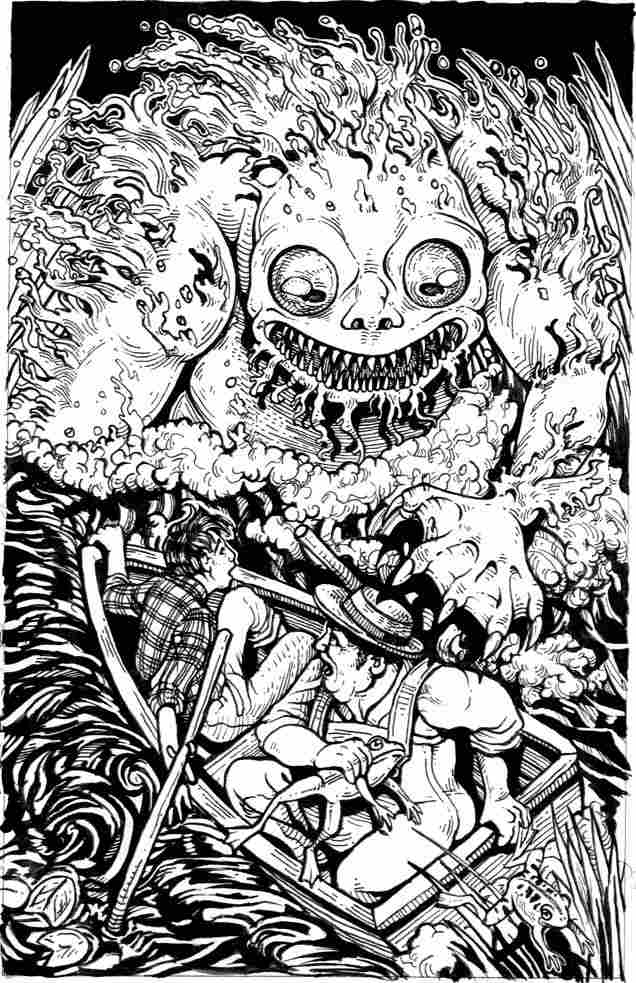Non-violence is the weapon of the strong. With the weak it might easily be hypocrisy. Fear and love are contradictory terms. Love is reckless in giving away, oblivious as to what it gets in return. Love wrestles with the self and ultimately gains a mastery over all other feelings. (M.K. Gandhi, The Nations Voice, p. 110)Gandhi is just absurdly quotable. The first of these is from Gandhi's The Nations Voice, while all others are from Collected Works, as cited in:
My creed of non-violence is an extremely active force. It has no room for cowardice or even weakness. There is hope for a violent man to be some day non-violent, but there is none for a coward. (34:3)
I do believe that where there is only a choice between cowardice and violence I would advise violence. ...But I believe that non-violence is infinitely superior to violence, forgiveness is more manly than punishment. ...Let me not be misunderstood. Strength does not come from physical capacity. It comes from an indomitable will. (18:132-33)
Before one can be fit for the practice of civil disobedience one must have rendered a willing and respectful obedience to the State laws... A satyagrahi obeys the laws of society intelligently and of his own free will, because he considers it to be his sacred duty to do so. It is only when a person has thus obeyed the laws of society scrupulously that he is in a position to judge as to which particular rules are good and just and which unjust and iniquitous. Only then does the right accrue to him of the civil disobedience of certain laws in well-defined circumstances. (39:374).
The essence of non-violent technique is that it seeks to liquidate antagonists but not the antagonists themselves. In a non-violent fight you have to a certain measure to conform to the traditions and conventions of the system you are pitted against. Avoidance of all relationships with the opposing power, therefore, can never be a satyagrahi's object, but transformation or purification of that relationship. (69:41)
The aim of a satyagrahi...always is to put the brute in everyone to sleep. (69:31)
They say “means are after all means”. I would say “means are after all everything”. As the means so the end. Violence means will give violent swaraj. ...There is no wall of separation between means and end. (24:396)
True democracy or the swaraj of the masses can never come through untruthful and violent means, for the simple reason that the natural corollary to their use would be to remove all opposition through the suppression or extermination of the antagonists. That does not make for individual freedom. Individual freedom can have the fullest play only under a regime of unadulterated ahiṃsā. (69:50)
I do want growth. I do want self-determination. I do want freedom, but I want all these for the soul. I doubt if the steel age is an advance upon the flint age. I am indifferent. It is the evolution of the soul to which the intellect and all our faculties have to be devoted. (21:289)
It has always been a mystery to me how men can feel themselves honoured by the humiliation of their fellow-beings. (39:127)
I have not conceived my mission to be that of a knight-errant wandering everywhere to deliver people from difficult situations. My humble occupation has been to show people how they can solve their own difficulties. (76:231)
Hay, Stephen, ed. Sources of Indian Tradition, Volume 2: Modern India and Pakistan. 2. New York: Columbia University Press, 1988. 243-273. Print.




